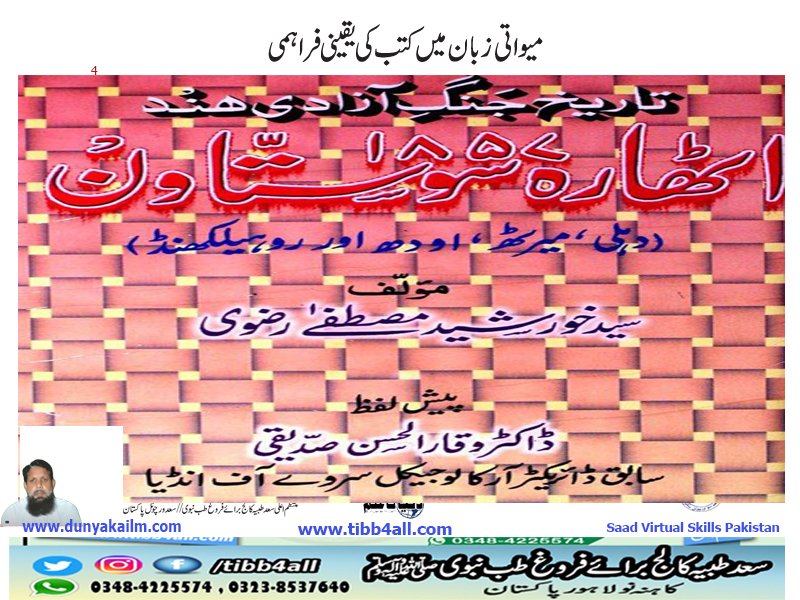
Preface
Why a cell biology textbook? What is its value in a world of online resources
so vast that any information you might want about cells is, in principle, freely
available a few taps away?
The answer is that a textbook provides what open-ended Internet searches
cannot—a curation of knowledge and an expert, accurate guide to the beauty
and complexities of cells. Our book provides a narrative that leads the reader log-
ically and progressively through the key concepts, components, and experiments
in such a way that readers can build for themselves a memorable, conceptual
framework for cell biology—a framework that will allow them to understand and
critically evaluate the exciting rush of new discoveries. That is what we have tried
to do in Molecular Biology of the Cell for each of its seven editions.
This edition was completed during the COVID-19 pandemic. Many of the
questions that this global crisis generated are cell biological questions—including
how the virus gets into our cells, how it replicates, how our immune system
responds, how vaccines are developed, and how scientists produce the molecular
details of virus structure. Required for the rapid development of safe and effective
COVID-19 vaccines, answers to all of these questions can be found in this text-
book. To make room for them, as well as for many other major recent advances in
our knowledge, much previous content had to be removed.
Understanding the inner workings of cells requires more than words. Our
book contains more than 1500 illustrations that create a parallel narrative, closely
interwoven with the text. Each figure has been designed to highlight a key con-
cept. The unique clarity, simplicity, and consistency of the figures across chapters,
achieved by use of a common set of icon designs and colors (for example, DNA red
and proteins green), enables students to scan them as chapter overviews. In this
edition, important protein structures are depicted and their Protein Data Bank
(PDB) codes provided; these codes link to tools on the RCSB PDB website (www
.rcsb.org), where students can more fully explore the proteins that lie at the core of
cell biology. In addition, more than 180 narrated movies have been produced for
the book, each linked to the text to provide additional insights.
John Wilson and Tim Hunt have again contributed their distinctive and imagi-
native problems to help students gain a more active understanding of the text. The
end-of-chapter problems emphasize experiments and quantitative approaches
in order to encourage critical thinking. Their Digital Problems Book in Smartwork
greatly expands on these self-assessment problems and includes data analysis

and video review questions that are based on the movie links in the textbook.
Many millions of scientific papers are relevant to cell biology, and many import-
ant new ones are published daily. The challenge for textbook writers is to sort
through this overwhelming wealth of information to produce a clear and accurate
conceptual platform for understanding how cells work. We have aimed high, seeking
primarily to support the education of cell biology students, including the next gener-
ation of bioscientists, but also to support active scientists pursuing new fundamental
research and the search for practical advances to improve the human condition.
So, why read a textbook? We live in a world that presents humanity with many
challenging problems related to cell biology, including declining biodiversity,
climate change, food insecurity, environmental degradation, resource depletion,
and animal and plant diseases. We hope that this new edition of our textbook
will help the reader to better understand these problems and—for many—to
contribute to solving them.



